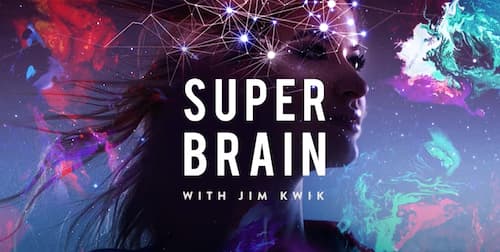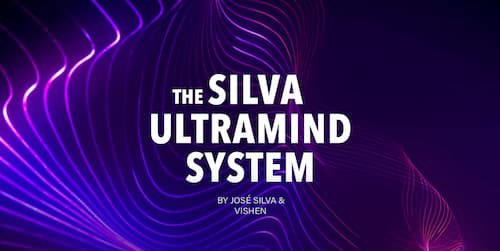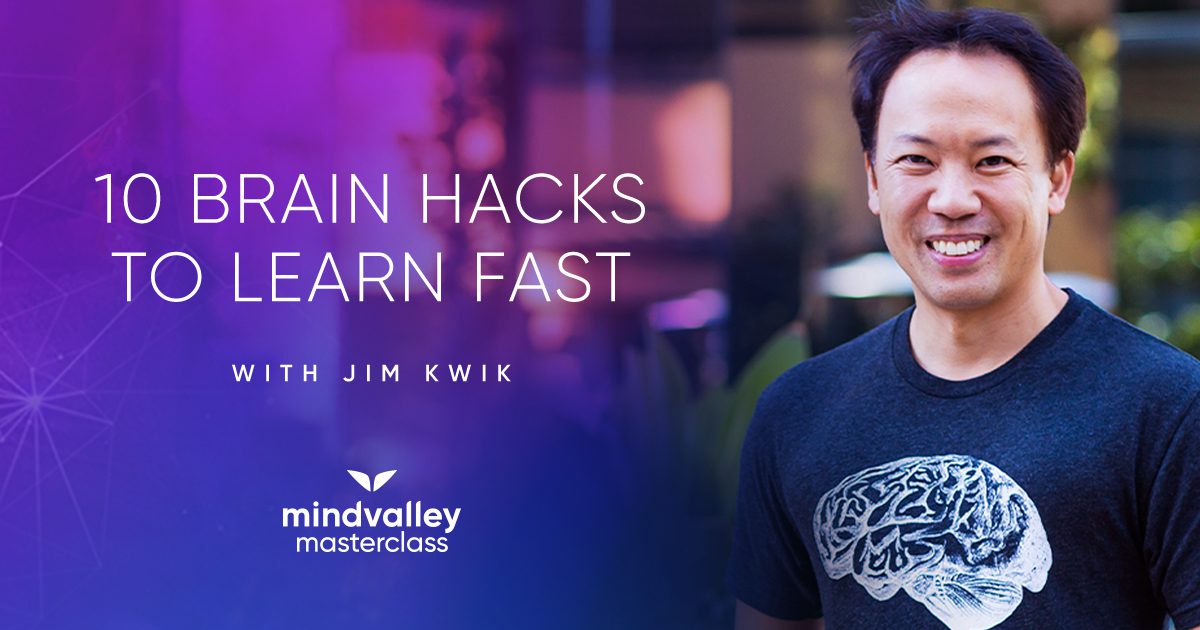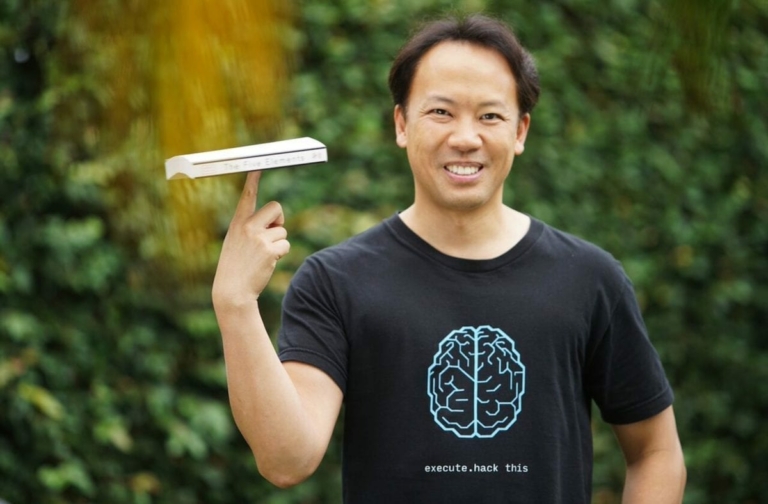During your lifetime, your brain changed radically.
When you were just a baby, your brain grew. First, you had a spinal cord. Just after that, your hindbrain developed.
After this, your midbrain formed. And finally, that big forebrain of yours came along!
Here’s what you need to know about the often forgotten but oh so essential human hindbrain.
What Is The Role Of The Hindbrain?
Your hindbrain gets its name from the Latin word for ‘bridge’, as it’s your connection between the spine to the higher brain. It’s a coordination hub sending and receiving signals between the two.
Since its the oldest part of your brain, it handles more basic and primal functions. These include facial movement, processing sound, maintaining balance, speech, and chewing.
Also located here is the medulla oblongata, which is the control center for the heart and lungs. And it’s responsible for functions such as heart rate, blood pressure, breathing, swallowing, and sneezing.
Why Is The Hindbrain Important?
Your hindbrain is an often forgotten but essential part of your brain. It handles much of the ‘subconscious stuff’ we tend to take for granted.
It takes care of the thousands of pieces of code and calculations we need to keep our inner operating system running. It’s essential to every breath and every heartbeat.
Without this guy to do all the heavy lifting, we just wouldn’t function. We take it for granted, and yet it’s paved the way for the more sophisticated parts of the brain to grow and develop.
What Is Located In The Hindbrain?

Your hindbrain is made up of 3 main parts: the cerebellum, pons, and medulla oblongata.
Cerebellum
The cerebellum is the second largest part of your brain, and its name comes from the Latin for “little brain.”
Just like the cerebrum, it has left and right hemispheres. These are a deep layer of grey matter with an inner core of the white matter.
This processing power coordinates muscles, enables movement, and processes impulses from your inner ear. And it mostly spends its days monitoring, evaluating, and fine-tuning each of your movements.
Pons
This part of the brain sits right underneath your midbrain and is the biggest part of your brain stem. It serves as a coordination center between the two brain hemispheres and the spinal cord.
It’s also home to four cranial nerves.
The abducens nerve coordinates eye movement. The facial nerve controls movement and sensation in the face. The vestibulocochlear nerve processes sound and maintain balance. And finally, the trigeminal nerve handles chewing and ferries sensory data between your face and head. It actually gets its name from the Latin for ‘bridge’, for its role in connecting the brainstem to the cerebral cortex.
Medulla Oblongata
As the lowest part of the brain, the medulla oblongata is our control center for vital subconscious functions. Here, the heart and lungs are controlled.
It handles behavior like breathing, sneezing, and swallowing, as well as heart rate, blood pressure, and reflexes. It contains white and grey matter, and four cranial nerves, all with specific functions.
The glossopharyngeal nerve takes care of taste sensations and mouth movements. The vagus nerve controls voice, mouth movements, and gag reflex. The accessory nerve coordinates head movements and neck movements. The hypoglossal nerve controls the tongue and our muscles’ speech.
Is The Hindbrain Part Of The Brain Stem?

The three parts of the brain stem are known as the midbrain, pons, and medulla oblongata. The hindbrain refers to the pons and medulla oblongata, along with the cerebellum.
Your hindbrain is one of the most important parts of your brain. It handles many essential tasks, allowing the rest of your brain to focus on the smart stuff!
Without it, you wouldn’t be able to move, swallow or breathe. In fact, it controls a huge range of basic but essential daily tasks.
Like the operating system on your computer, it’s just running in the background while you get on with doing the smart stuff.
Your brain is perhaps the most fascinating and complex machine in the universe. And it’s overflowing with potential.
Great things always begin from inside.
—Jim Kwik, author of Mindvalley’s Superbrain Quest
So, take a leap of faith today. Try something new to grow your brain. You’ll be glad you did.










